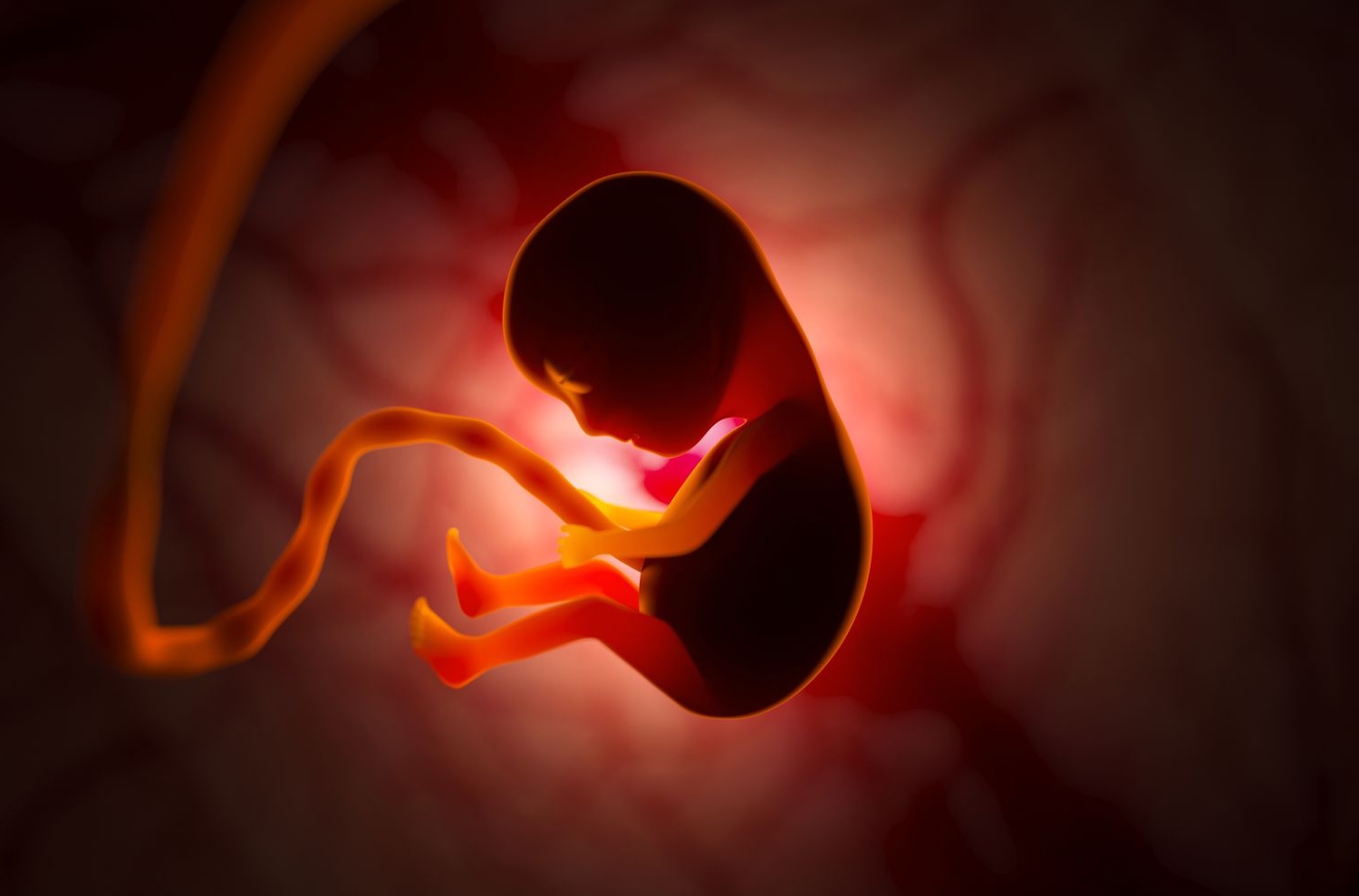
What exactly is an embryo? An embryo is the early stage of development in multicellular organisms. In humans, this stage begins right after fertilization and continues until the end of the eighth week of pregnancy. During this period, the embryo undergoes rapid cell division and differentiation, forming the basic structures of the body. Why is this stage so crucial? It's during these weeks that the foundation for all major organs and systems is laid down. Understanding embryos helps scientists and doctors address developmental issues, improve fertility treatments, and even advance stem cell research. Curious about more? Let's dive into 28 fascinating facts about embryos that will blow your mind!
What is an Embryo?
An embryo is the early stage of development in multicellular organisms. For humans, this period starts from fertilization until the end of the eighth week of pregnancy. During this time, the foundation for all major organs and structures is established.
- The word "embryo" comes from the Greek word "embryon," which means "young one."
- Human embryos are typically microscopic, measuring about 0.1 to 0.2 millimeters in diameter during the first week.
- The embryonic stage is crucial because it is when the basic body plan and organ systems begin to form.
- By the end of the eighth week, the embryo is usually about an inch long and is referred to as a fetus.
Stages of Embryonic Development
Embryonic development is divided into several stages, each marked by significant changes and growth. Understanding these stages helps in comprehending how complex organisms develop from a single cell.
- The first stage is the zygote, which forms immediately after fertilization.
- The zygote undergoes rapid cell division, known as cleavage, to form a blastocyst.
- The blastocyst implants itself into the uterine wall around six to ten days after fertilization.
- Gastrulation follows, where the three primary germ layers (ectoderm, mesoderm, and endoderm) form.
- Organogenesis is the stage where organs start to develop from the germ layers.
Genetic Blueprint
The genetic material in an embryo determines its development and characteristics. This genetic blueprint is inherited from both parents.
- Each human embryo has 46 chromosomes, 23 from each parent.
- The combination of genes from both parents determines traits like eye color, hair color, and even susceptibility to certain diseases.
- Mutations in the genetic material can lead to developmental disorders or congenital disabilities.
- Genetic testing can be performed on embryos to screen for specific genetic conditions.
Embryo in Different Species
Embryonic development is not unique to humans. All multicellular organisms, including animals and plants, go through similar stages.
- In birds, the embryo develops inside an egg, which provides all the nutrients needed for growth.
- Fish embryos develop in water, and many species lay eggs that hatch into larvae.
- Mammalian embryos, including humans, develop inside the mother's womb, where they receive nutrients through the placenta.
- Plant embryos develop within seeds, which protect and nourish them until they can grow into new plants.
Ethical Considerations
The study and manipulation of embryos raise various ethical questions. These considerations are crucial in fields like reproductive medicine and genetic engineering.
- The use of embryos in research is a controversial topic, with debates surrounding the moral status of the embryo.
- In vitro fertilization (IVF) often involves creating multiple embryos, not all of which are implanted.
- Some countries have strict regulations on embryo research, while others have more lenient policies.
- Ethical considerations also arise in the context of genetic editing technologies like CRISPR.
Technological Advances
Advancements in technology have revolutionized our understanding of embryonic development and opened new possibilities in medicine and research.
- Ultrasound technology allows for the monitoring of embryonic development in real-time.
- Advances in genetic engineering enable scientists to modify the genetic material of embryos.
- Stem cell research, which often involves embryonic stem cells, holds promise for treating various diseases.
- Artificial wombs are being developed to support the growth of embryos outside the human body.
Fun and Surprising Facts
Embryos are fascinating, and some facts about them might surprise you. These tidbits highlight the complexity and wonder of early development.
- Human embryos can develop a heartbeat as early as 22 days after fertilization.
- Identical twins occur when a single embryo splits into two, resulting in two genetically identical individuals.
- Some animals, like certain species of sharks, give birth to live young, meaning the embryos develop inside the mother until birth.
Final Thoughts on Embryos
Embryos are fascinating. From their tiny beginnings, they hold the potential for life. They develop rapidly, with major organs forming within weeks. Did you know that by the end of the eighth week, an embryo is called a fetus? It's true! This stage is crucial for proper development.
Embryos can also be frozen for future use. This process, called cryopreservation, helps many couples with fertility issues. Scientists study embryos to understand genetic diseases better. This research could lead to groundbreaking treatments.
Ethical debates surround embryo research. Different cultures and religions have varying views on the subject. It's important to consider these perspectives when discussing embryos.
In short, embryos are tiny but mighty. They offer hope, pose ethical questions, and drive scientific discovery. Understanding them helps us appreciate the miracle of life.
Was this page helpful?
Our commitment to delivering trustworthy and engaging content is at the heart of what we do. Each fact on our site is contributed by real users like you, bringing a wealth of diverse insights and information. To ensure the highest standards of accuracy and reliability, our dedicated editors meticulously review each submission. This process guarantees that the facts we share are not only fascinating but also credible. Trust in our commitment to quality and authenticity as you explore and learn with us.
